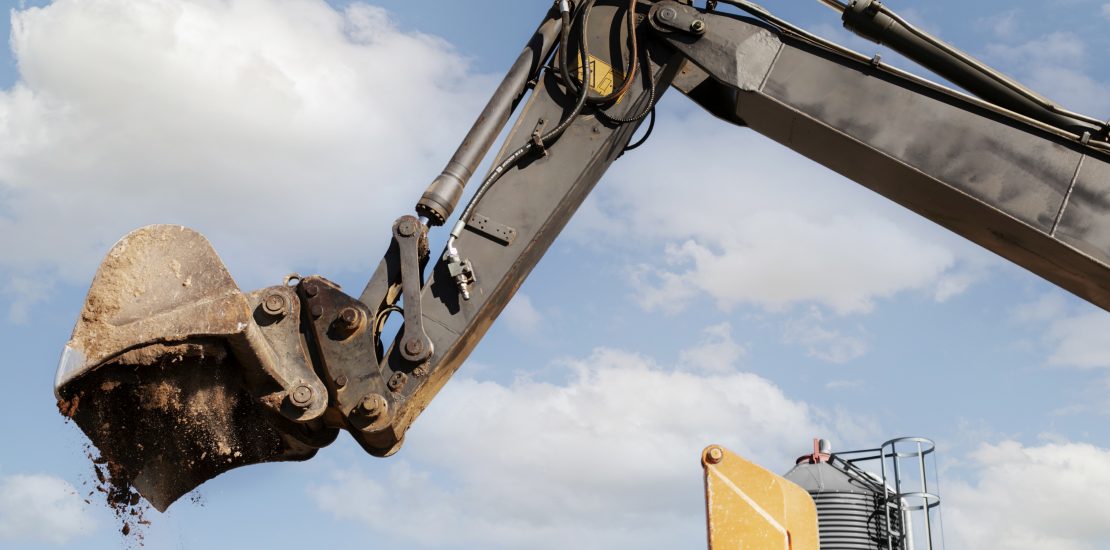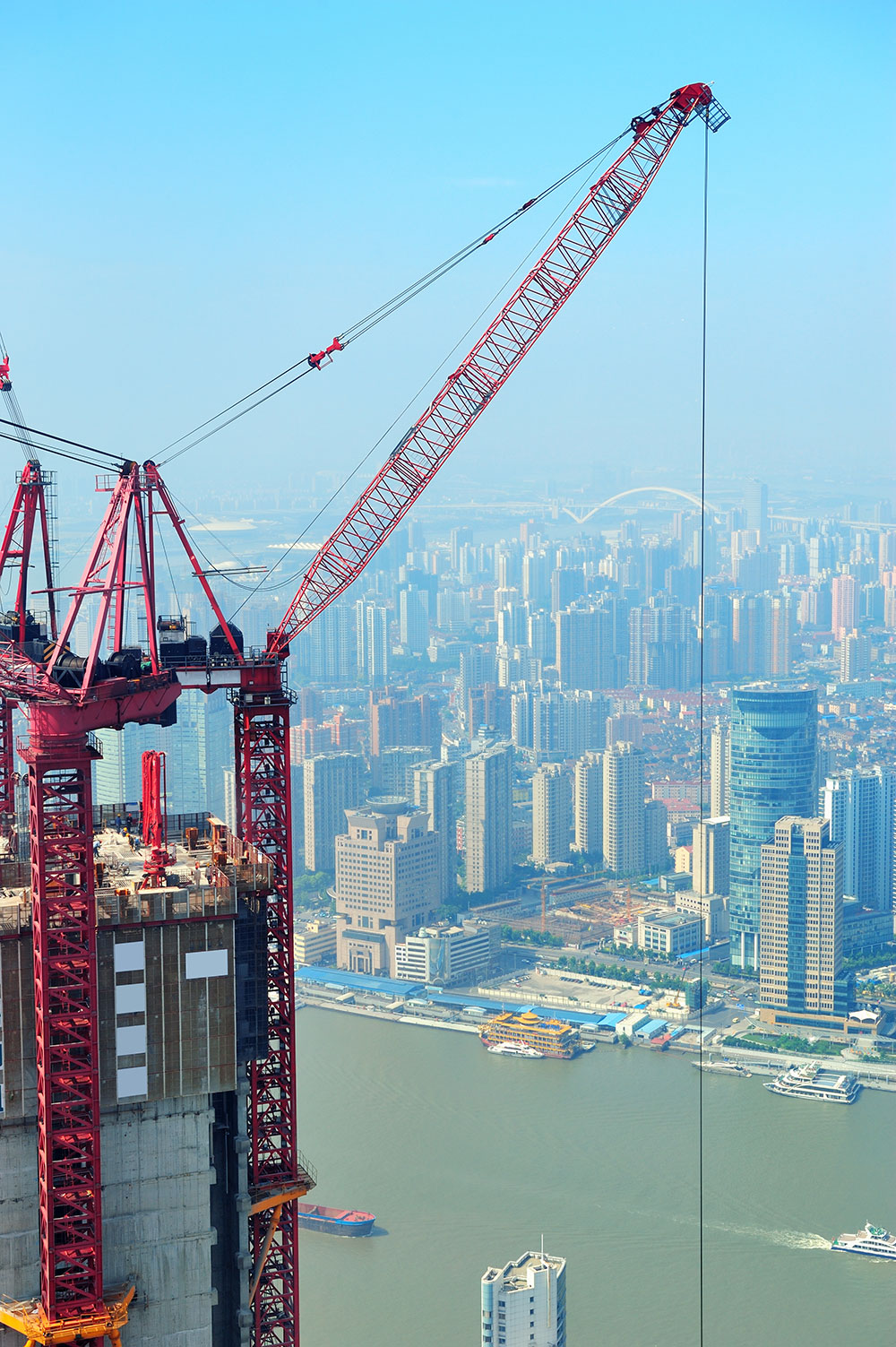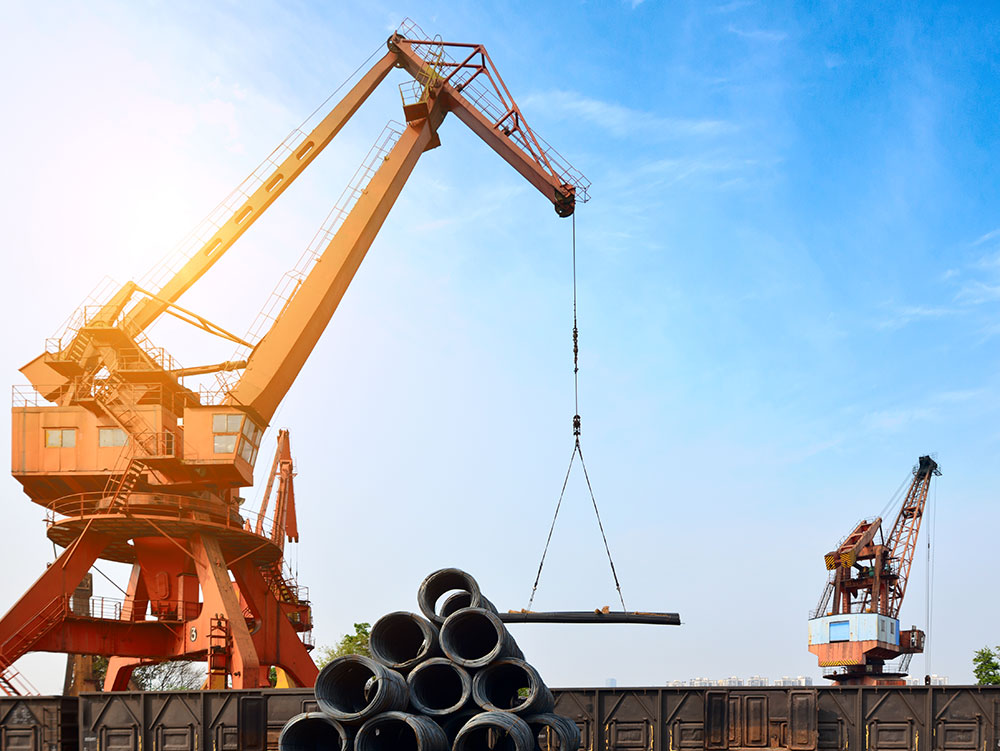Introduction to Overhead Crane Inspection
- April 6, 2023
- Posted by: Velosi Author
- Categories: Insights, Inspection

What is Overhead Crane Inspection?
Daily, several employees are involved in activities related to lifting equipment, which can be most commonly associated with overhead cranes to safely mobilize equipment from one place to another without creating hindrance for the surrounding employees. To reduce potential hazards to personnel and surrounding individuals, overhead lifting systems are designed to operate within specific areas. Which ensures safer equipment operations with a higher efficiency rate.
Types of Overhead Crane Inspection
Due to the functionality medium of overhead cranes, it is critically important to perform regular inspections. In addition, due to the significant size and weight of the loads that overhead cranes routinely transport, regular inspections are essential to ensure their ongoing safe operation. Prior to initial use, whether the overhead crane is new or has been modified, an initial inspection must be conducted following routine based inspections.
Overhead crane inspections can be classified into 4 different types depending on their assessment criteria.
Initial Inspection:
An initial inspection is performed after a new crane has been installed or an existing crane has been modified or repaired. It specifically verifies that the crane is in proper working condition and carries out safe functions respectively. This type of inspection is performed by the original equipment manufacturer (OEM) and covers items such as clearances, operating speeds, lubrication levels, control settings, and safety devices. Furthermore, documentation of the inspection is provided to keep a lifecycle record of the overhead lifting systems.
Pre-Shift Inspection:
A pre-shift inspection is a visual and operational assessment conducted by the overhead lifting system/crane user at the start of each shift. It includes all checking essentials such as:
- Motion alignment with control device markings.
- Hook and lack inspection.
- Identifying wire rope and load chain for wear or damage.
- Verifying proper functioning of hoist limit switches.
- Documenting inspected records for future purposes.
Frequent Inspection:
These types of inspections are conducted daily to monthly depending upon certain factors such as usage, operating conditions, and types of loads.
ASME B30.2 defines three service classes of frequent inspection:
- Normal (semi-monthly – semi-annually)
- Heavy (weekly-monthly)
- Severe (daily-weekly)
These inspections can be performed by a trained employee or an external expert and mark the same elements as a pre-shift inspection in detail. The record shall be documented and kept safe accordingly.
Periodic Inspection:
Periodic inspections are highly detailed and are conducted annually, semi-annually, or quarterly depending on usage, load type, and operating conditions. They are typically performed by an OEM or third-party inspection firm and include all items assessed in pre-shift and frequent inspections as well as an extensive inspection of structural and mechanical components. This assists in assessing the malfunction, degradation, or abrasion rate of the crane’s components.

Importance of Overhead Crane Inspection
Overhead crane and hoist systems are essential components of any industry. The lifting system is inspected on a regular basis to ensure that it is in good working order.
- Minimize Mechanical Failures:
Overhead crane inspection can prove to be beneficial. Regular inspections by a professional can identify minor issues before they escalate into huge problems, preventing mechanical failure and disruption in the production facility. Addressing short-term damages can help avoid major dysfunctionality of overhead crane and hoist systems which will eventually eliminate overhead costs.
- Set Compliance with Regulatory Health & Safety Standards
Government regulations mandate industry standards for the maintenance and compliance of overhead lifting systems. Following these standards is crucial for any manufacturing plant to ensure the safety and longevity of the equipment. Moreover, high-quality maintenance standards can minimize damage to overhead cranes and hoist components.
- Safeguard Employees and Surrounding Personnel:
Regular overhead crane inspection most importantly prevents critical hazards from taking place at the workplace. Utilization of overhead cranes can be effective and dangerous at the same time if not managed properly, due to which detailed inspections are necessary. Additionally, regular inspections also prevent accidents that pose threat to working individuals, risking their lives. Personnel safety shall be of utmost priority.

Health and Safety Requirements (OSHA)
OSHA standard 1910.179 outlines the frequency and scope of inspections for overhead cranes. Following OSHA’s guidelines for overhead crane inspection can assist to keep overhead cranes and hoist equipment operating efficiently, keeping employees safe, reducing costly downtime, and extending the overall life of the equipment.
Please contact us for more information and assistance.



